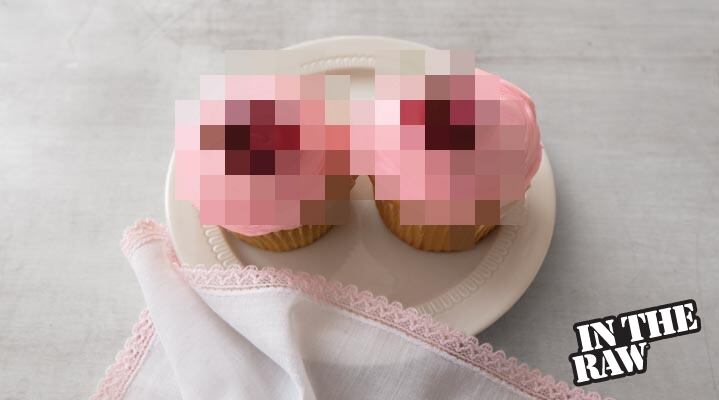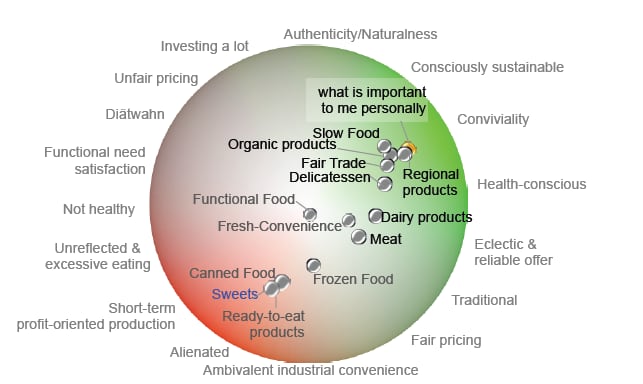Consumer confidence at ‘all-time low’
Mirjam Hauser, a social psychologist for GDI Research Institute, said at the ProSweets Conference on Ingredients last week: “Consumer confidence is at an all-time low…Most people today think food is unhealthier and tastes worse than in the past”
She said that the current food culture was at odds with the ideals consumers truly value.
“Consumers yearn for authenticity, simplicity and sustainability. In other words: food they can trust.”
She said that products that conveyed conviviality, sustainability and health, such as Organic and Fairtrade goods, would match consumer values.
Industrial image
Sweets fall into an undesired category and are associated with industrial production, she said.
According to Hauser some confectionery companies such as Lindt had overcome these perceptions by stressing the care taken to produce products in advertising.
She said that manufacturers could move closer to Lindt’s position through social engagement.
“They [consumers] want products they can relate with and they want to get involved.”
She said that events bringing people together, such as Germany’s Schnippel Disco, a party involving a giant soup made of discarded vegetables, could help consumers feel a part of a larger social initiative.
She added that manufactures technology that allows consumers to check product promises, such as smart phone apps that let users scan products, could help regain consumer trust.
Use unhealthy image to your advantage
Confectionery is also suffering from an unhealthy image, but could play up to giving in to temptation.
“There are still moments when we want to indulge in crazy food fantasies.”
She gave the example of food porn – such as muffins positioned together and pixelated to resemble naked breasts. Making confectionery feel like a guilty pleasure, could prompt sales, she said.

Farmers on packs: Sustainability
Hauser said that consumers were becoming increasingly environmentally conscious and wanted to be connected with the local land where ingredients were sourced. They want to know where the cocoa beans in their chocolate come from, she said.
Confectioners could take inspiration from Whole Foods in the US, which ran a successful “Know your farmer” initiative and have started putting farmers on packs, she said.
One company, Original Beans, has gone further and claims on packs that it will plant a new cacao tree in the location where cocoa beans were harvested, said Hauser.

Artisanal
“Another thing is the revival of artisan production process,” she said.
Hauser said that people were looking for traditionally and locally produced products, such as Mast Brothers Chocolate, which evokes the idea of hand-crafted products prepared with care.
Using fewer than five ingredients could also help, she said.
